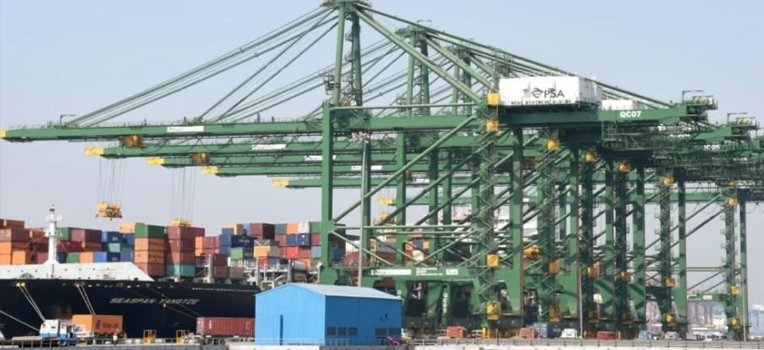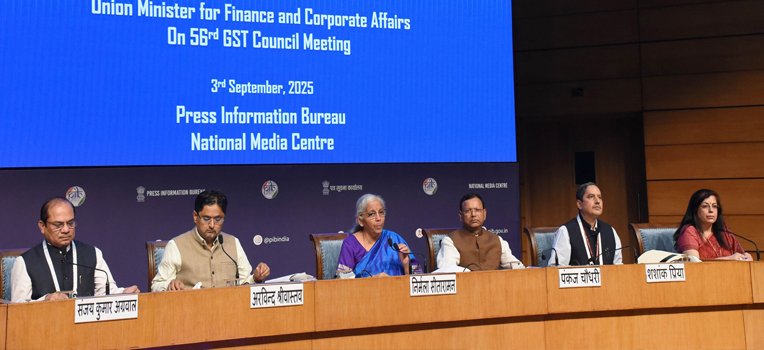ECONOMY
GST @ 5: Calm After The Storm
- IBJ Bureau
- Jul 01, 2022

The Goods and
Services Tax (GST) regime has completed five years. Numerous policy changes and
procedural and technological overhauls – many of them avoidable had the
government not rushed through the GST regime – finally seem to provide some
kind of stability to the tax system.
To be fair,
executing GST has been one of the toughest reforms to be undertaken in the
country. The States had to be brought on board by persuading them to give up
their tax sovereignty in the larger interest of the country and taxpayers. The
new regime has increased speed in flow of goods across State borders. More
significantly, it has enabled doubling of the tax base from over 66 lakhs to more
than over 1.30 crore assessees.
After a sluggish
start, average monthly tax mop-up has risen from around Rs 90,000 crore in the
first four years to about Rs 1.20 lakh crore in the last one year. The new
regime has also led to creation of a whole new digital system for paying taxes,
claiming input tax credits, generating invoices, e-ways bills and so on. The
digital system, even with its many flaws, has helped in better streamlining of tax
administration and tracking tax evasion.
A robust, unified
e-way bill system introduced in 2018 has facilitated dispensing with archaic
check-posts. This has reduced supply chain lead time and associated costs for
companies. It has also facilitated the tax administration to monitor tax
compliances and plug revenue leakages better.
The progressive
tax regime, however, still continues to be overwhelmed by a fair share
challenges. Despite a pick-up in GST collections, the government and the GST
Council – the policy-making body of the GST regime, comprising the Union
finance minister and finance ministers of all the States – believe that the
current tax rates are much below the desired levels. In a recent report, the 15th
Finance Commission has cited that the revenue-neutral rate – the tax rate that
fetches a government the same amount of money despite changes in tax laws – is
around 11.8 per cent as against the envisaged 15.5 per cent. Frequent changes
in tax rates in the initial years seem to have reduced the tax rate and
resultant revenues.
A major stumbling
block for the GST regime has been a widening rift between the Centre and the States
over continuation of GST compensation. The States were provided compensation
for five years to protect them from possible revenue losses after joining the
GST regime. The five-year period of compensation – calculated on an assumption
of annual revenue growth of 14 per cent – has come to an end on June 30. The
States have asked for three or four more years of compensation, which the
Centre is not keen to continue.
There are other
issues that need to be quickly addressed. The GST in India continues to be
compliance heavy with multiple filing requirements and lengthy return formats.
The process needs to be simplified by slashing onerous compliance norms. The
GST regime is hobbled by five tax slabs, which need to be rationalised into
three slabs. There is also the contentious issue of bringing some goods – like
petroleum products, alcohol for human consumption and so on, which are taxed at
different rates under the States’ Value-Added Tax (VAT) – into the GST regime.
For all its flaws,
the GST regime has changed the country’s tax landscape for the better. It has
streamlined tax administration, ensured uniform tax rates and facilitated a consultative
and consensual decision-making process. Overcoming the few hurdles can truly
make GST a Good and Simple Tax.





















Report By
View Reporter News